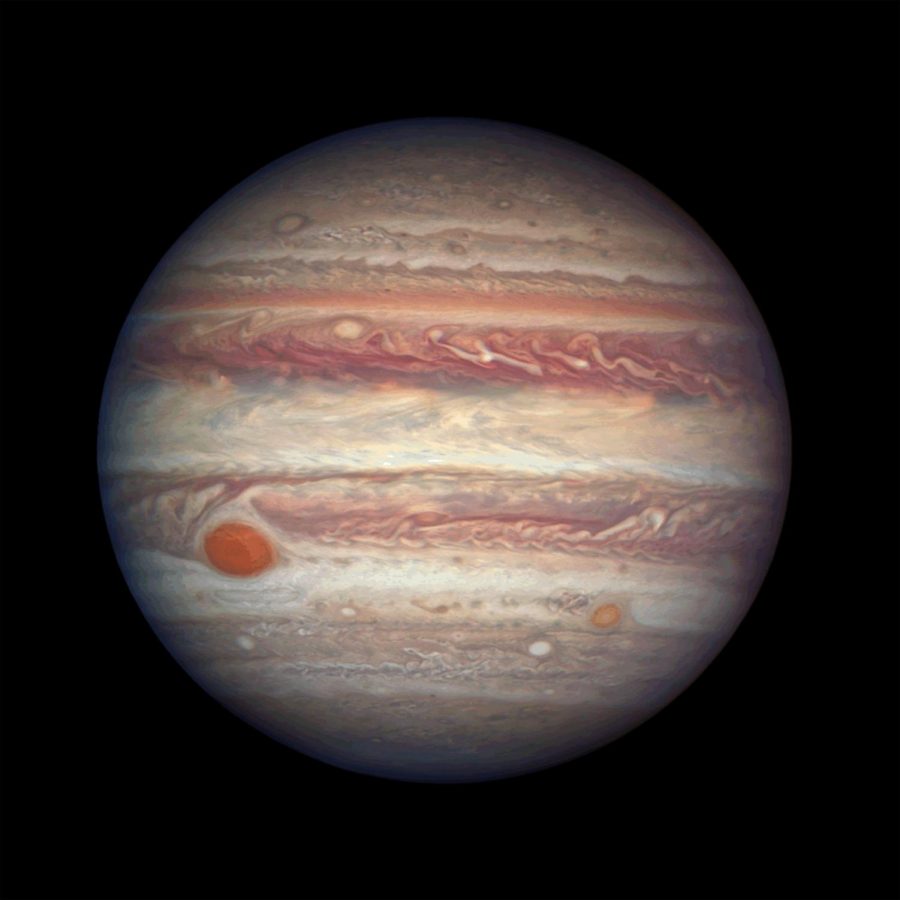Jupiter comes close to Earth
October 24, 2022
Last month, Sept. 26, the biggest planet in the solar system, Jupiter, came the closest to Earth since 1963, becoming the biggest and brightest due to “opposition.”
Opposition is when a planet is on the opposite side from the sun. Every 13 months, when the sun is setting in the west and Jupiter rises in the east, it means that Jupiter is in opposition, making Jupiter its biggest. What made this opposition so special was that it was also the planet’s closest approach to Earth since October 1963. While Jupiter is usually 600 million miles away from Earth, when this event happened, it was only 367 million miles away from Earth.
Monumental sights were visible in the night sky with the help of binoculars, and with the power of a telescope, Jupiter was able to be seen in more detail than any other astronomical being in the solar system other than the moon. Jupiter’s four largest moons were also visible, looking like tiny stars surrounding Jupiter. For advanced telescopes with magnifications, Jupiter’s pair of dark stripes were blatant below and above its equator.







